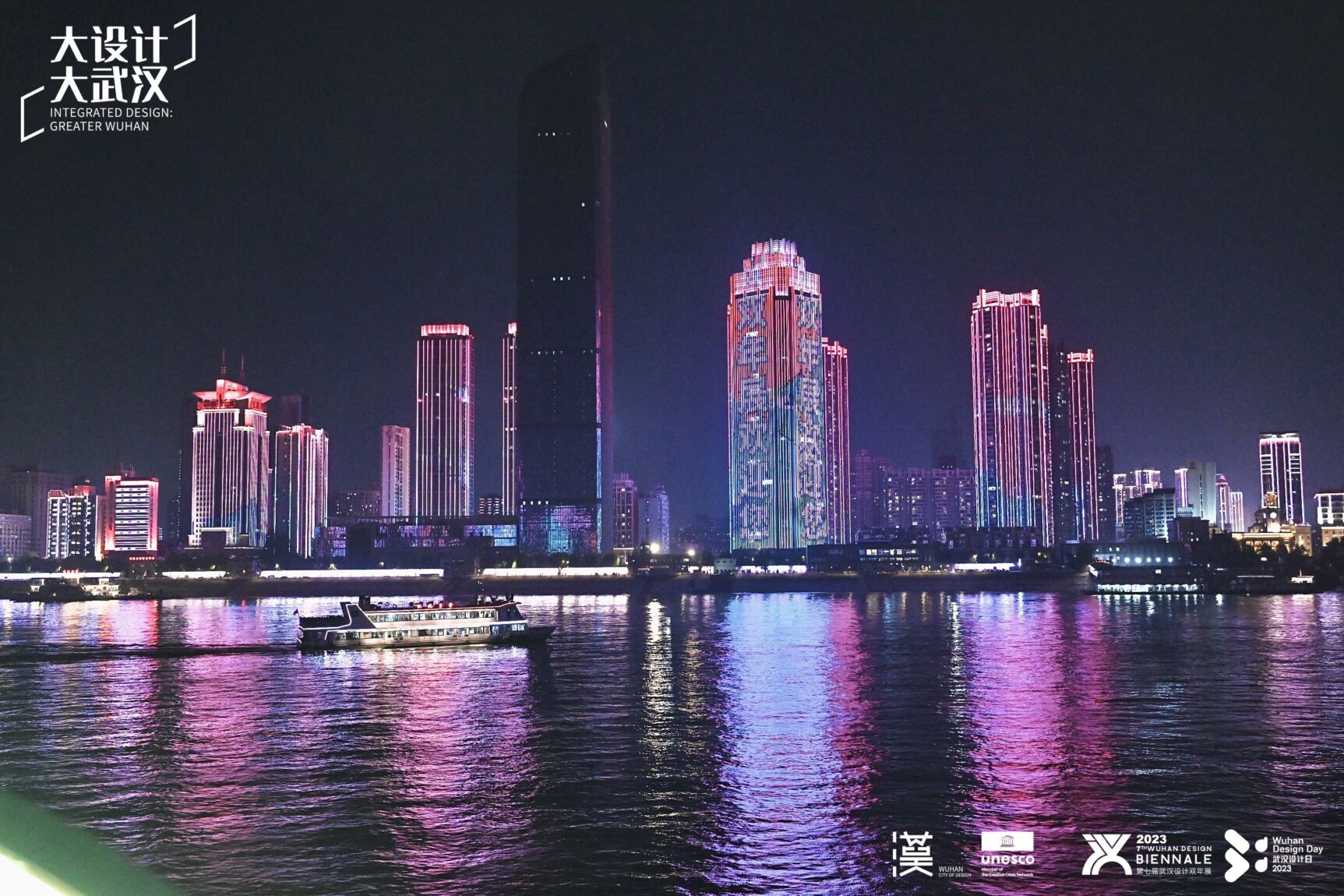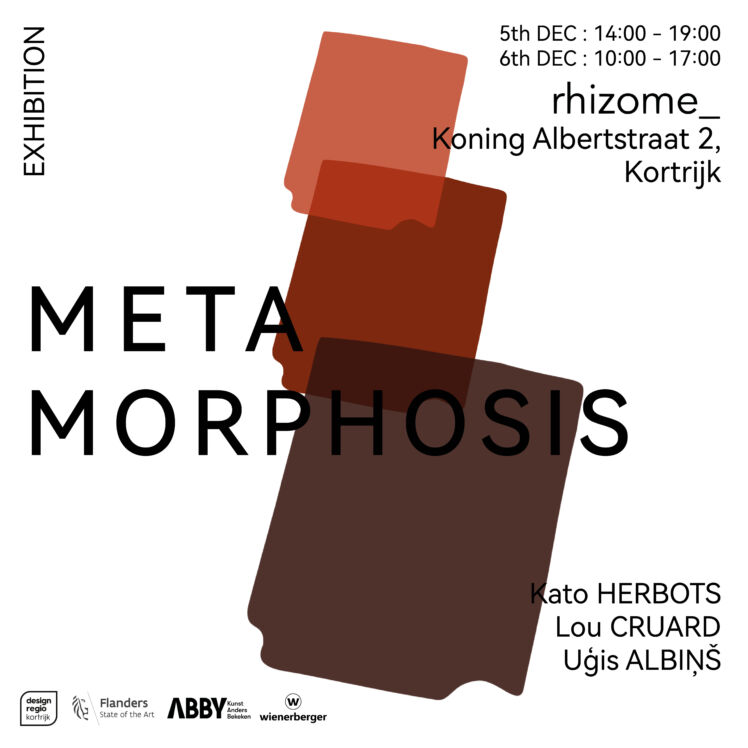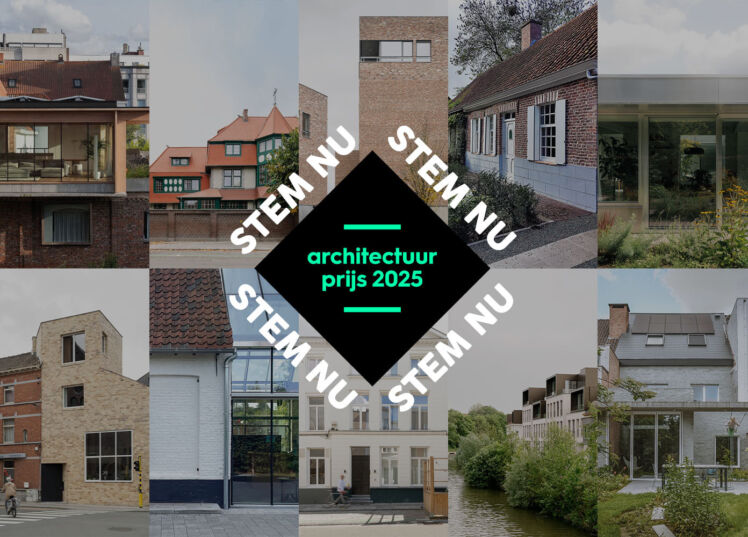
Recap of our visit to the Wuhan Design Biennale
Autumn at Designregio Kortrijk is always a rollercoaster of inspiration events that follow one another one after the other: in September we went to UNESCO Design City Dundee in Scotland, in October we launched the WONDER Creativity Festival in our very own Kortrijk and in early November we participated in the WUHAN Design Biennale in China. A trip around the world in almost 40 days.
Wuhan, like Kortrijk, has been recognised as a UNESCO Creative City of Design. Both cities led UNESCO's international network of design cities until recently. This biennale was their first moment of glory since the pandemic to showcase the cream of design from Wuhan to the general international public. The city of Wuhan invited 11 UNESCO design cities: Asahikawa (Japan), Cape Town (South Africa), Dundee (Scotland), Kobe (Japan), Kortrijk, Nagoya (Japan), Puebla (Mexico), Querétaro (Mexico), Seoul (South Korea), Singapore, Whanganui (New Zealand).
Through often 'jaw-dropping' exhibitions and expertise exchange in various forums, we all got to see the ambition and potential of this mega city of 13 million inhabitants: they focus on growth! This expresses itself in the development of new city zones, imposing architecture, top-notch education, and incredible entrepreneurial dynamism.
Some of my observations about Wuhan and the other participating design cities:
- Despite the immense difference in inhabitants, I also saw similarities between Wuhan and Kortrijk: the rivers are at the root of the prosperity, the drive in urban development and high-end architecture is enormous, and of course we are both committed to education in design of the highest quality.
- Cape Town is pushing design on challenges such as sustainability, water shortages, rapid urbanisation and a sputtering economy. Does this beckon as another destination for our inspiration trip?
- Seoul seeks expertise in design-for-waste programmes and services to businesses - is this just what we developed in our 'Circular Co-creation Hub' project.
- Whanganui created a legal entity for the river running through their city so that it can always be legally represented in any urban development decision.
- Nagoya inspired with its 'humanity-centred' design declaration: Design is synonymous with humanism, a philosophy that aims to achieve lasting peace by combining activities directed towards a new way of life, by human wisdom, and that has been evolving in techniques and technologies since antiquity.
So the trip to Wuhan delivered. We made new contacts as a function of our collaborations with cities, municipalities, educational institutions and businesses. Next destination is...?
Through often 'jaw-dropping' exhibitions and expertise exchange in various forums, we all got to see the ambition and potential of this mega city of 13 million inhabitants: they focus on growth! This expresses itself in the development of new city zones, imposing architecture, top-notch education, and incredible entrepreneurial dynamism.
Some of my observations about Wuhan and the other participating design cities:
- Despite the immense difference in inhabitants, I also saw similarities between Wuhan and Kortrijk: the rivers are at the root of the prosperity, the drive in urban development and high-end architecture is enormous, and of course we are both committed to education in design of the highest quality.
- Cape Town is pushing design on challenges such as sustainability, water shortages, rapid urbanisation and a sputtering economy. Does this beckon as another destination for our inspiration trip?
- Seoul seeks expertise in design-for-waste programmes and services to businesses - is this just what we developed in our 'Circular Co-creation Hub' project.
- Whanganui created a legal entity for the river running through their city so that it can always be legally represented in any urban development decision.
- Nagoya inspired with its 'humanity-centred' design declaration: Design is synonymous with humanism, a philosophy that aims to achieve lasting peace by combining activities directed towards a new way of life, by human wisdom, and that has been evolving in techniques and technologies since antiquity.
So the trip to Wuhan delivered. We made new contacts as a function of our collaborations with cities, municipalities, educational institutions and businesses. Next destination is...?


















